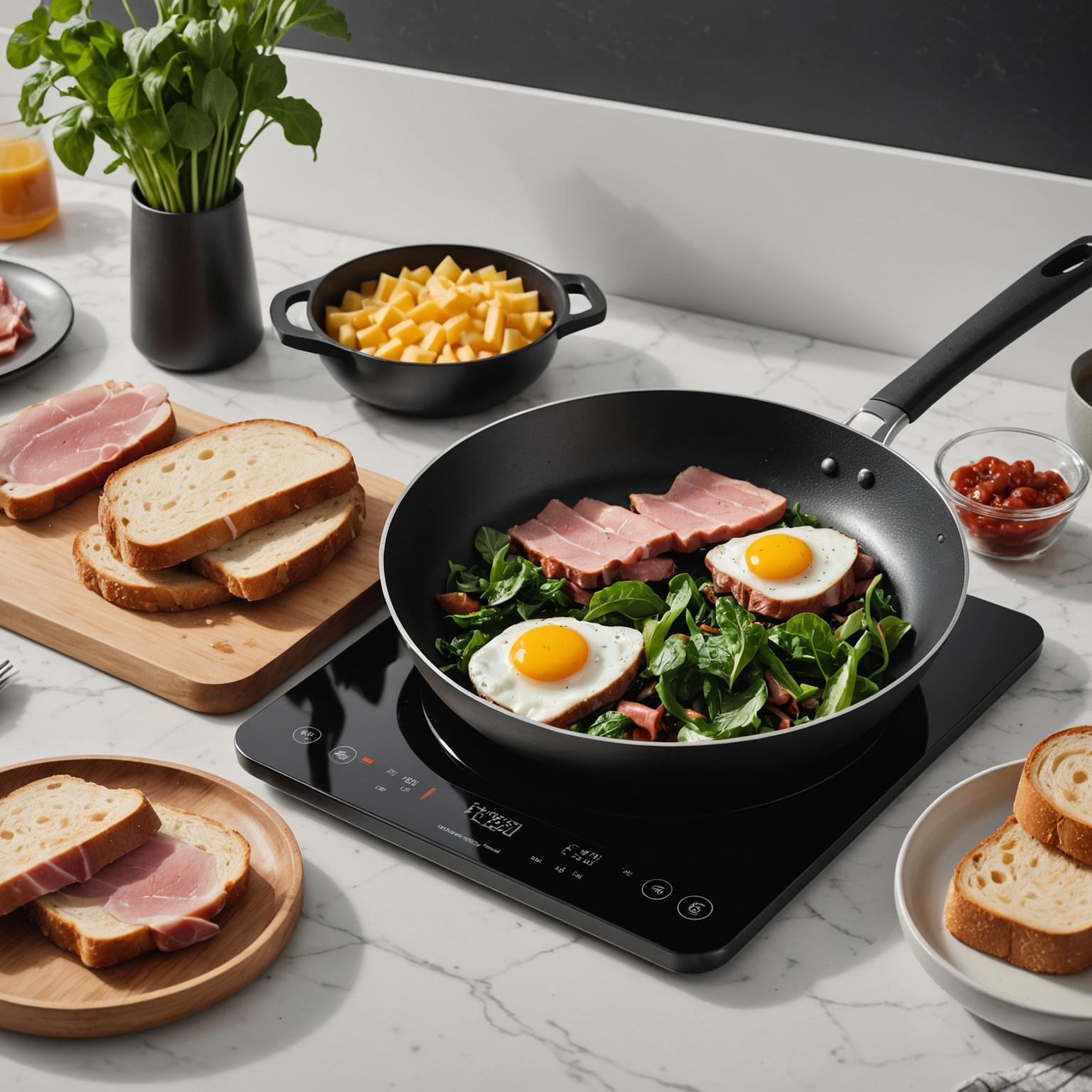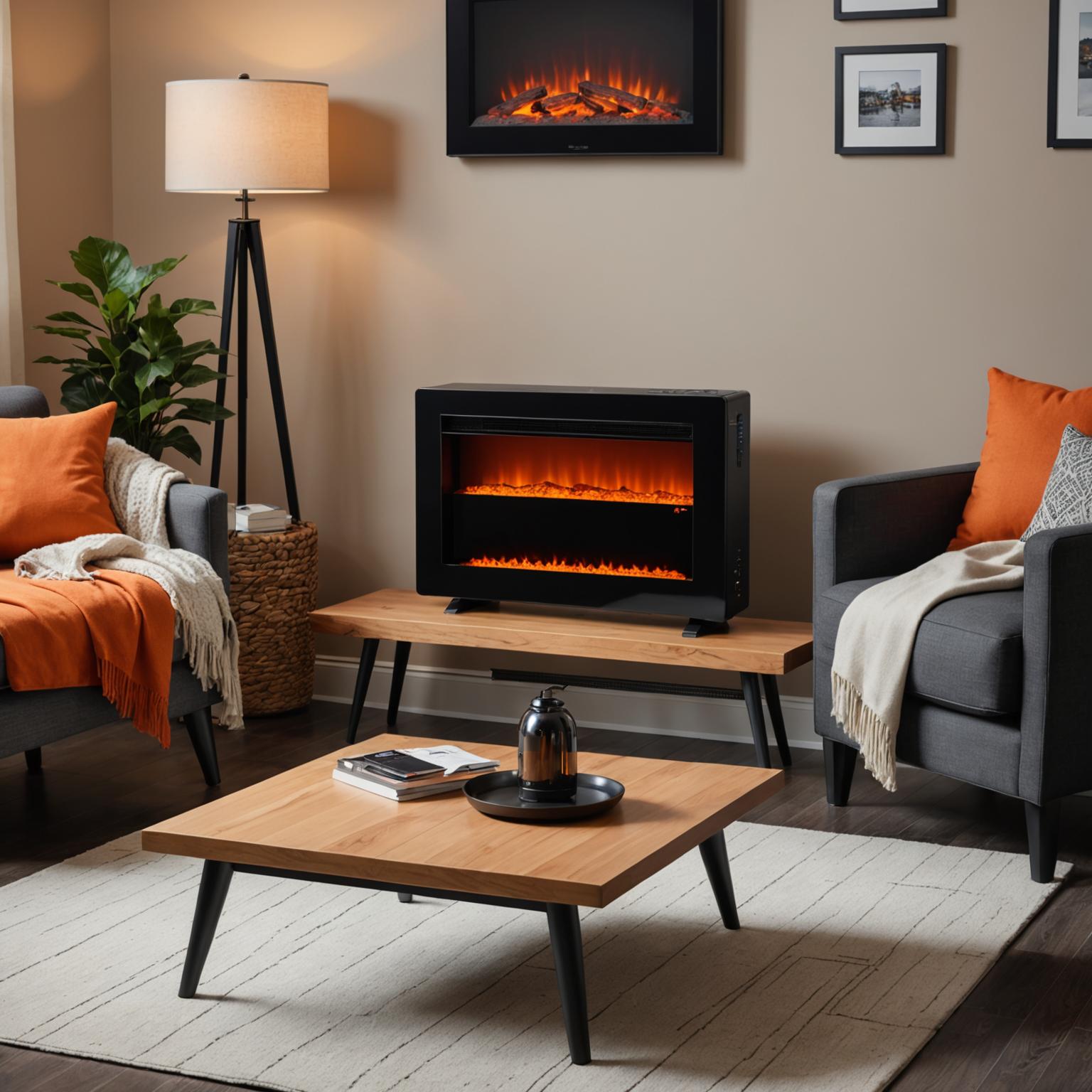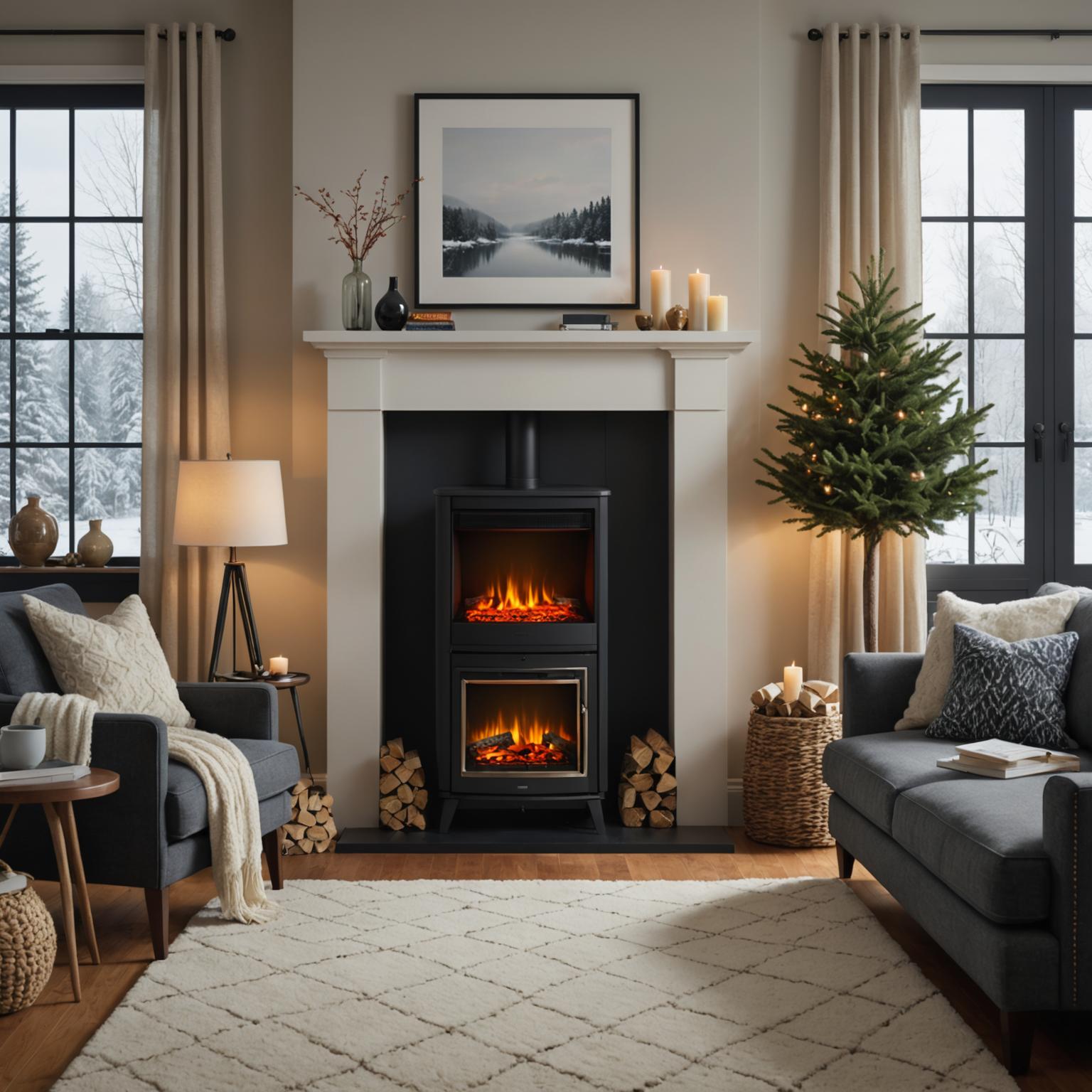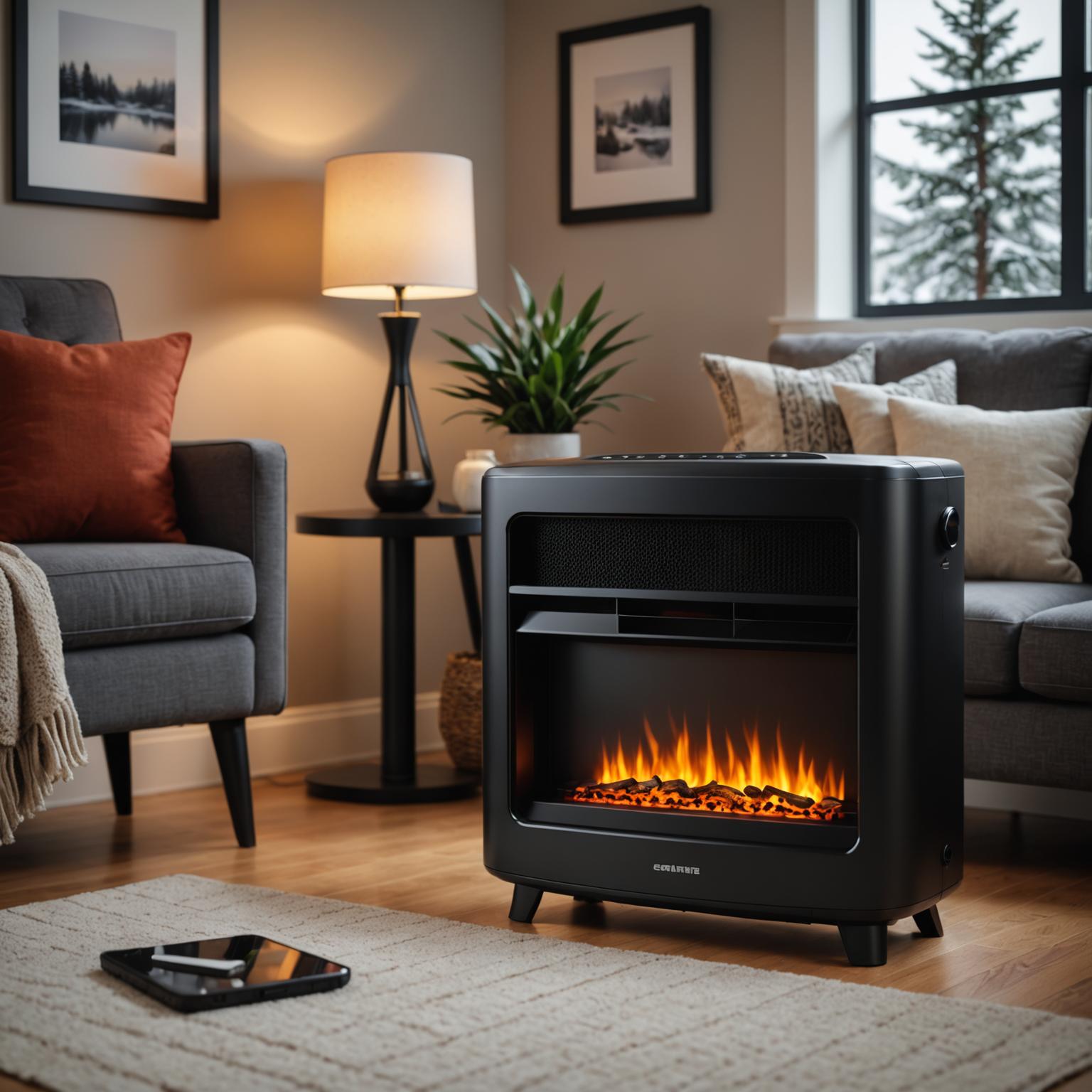A malfunctioning stove can bring your daily kitchen routine to a halt, making the search for reliable ceramic stove replacement parts a top priority. Whether you're dealing with a burner that won't heat or inconsistent temperatures, understanding how to choose and replace the faulty component is key to restoring your appliance's functionality. A modern kitchen relies on efficient and precise cooking technology, and a broken element disrupts that harmony. This guide will walk you through the essential steps and considerations for replacing your stove's heating element, ensuring you make an informed decision.

Identifying the Right Electric Cooking Elements
Before you can purchase a replacement, you need to identify the type of element your appliance uses. Modern kitchens feature a variety of electric cooking elements, from traditional coils to smooth glass-ceramic cooktops. The most common type found under a glass top is the ceramic heating element, which uses ribbon-like coils to generate radiant heat that passes through the glass surface to your cookware. Another advanced option is the induction stove element, which uses magnetic fields to heat the pan directly, offering unparalleled speed and efficiency. To find the correct part, check your stove's user manual or look for a model number on the appliance itself to search for a compatible component.
Exploring Ceramic Heating Element Advantages
If you are upgrading or replacing a part on a glass cooktop, it’s worth understanding the ceramic heating element advantages. Unlike old coil burners, these elements provide a completely flat and smooth cooking surface, making them incredibly easy to clean. They also offer more even heat distribution, which prevents hot spots and ensures your food cooks uniformly. Furthermore, they heat up and cool down relatively quickly, giving you better control over your cooking. These benefits in performance and convenience are why ceramic cooktops have become a staple in contemporary kitchen design.
Navigating Stove Element Cost and Voltage
Two critical factors to consider during your search are the stove element cost and the required voltage. The price of replacement parts can vary widely based on the brand, model, and type of element. While it may be tempting to opt for the cheapest option, investing in a high-quality, certified component ensures safety, longevity, and optimal performance. Equally important is verifying the stove element voltage. Using an element with the wrong voltage can damage your cooktop, create a fire hazard, or simply fail to work. Always match the voltage specifications of the new part with your appliance's requirements, which can typically be found in the manual or on a label on the stove itself.
How to Replace Your Ceramic Stove Element
Replacing a heating element can be a straightforward DIY task if you follow the proper safety procedures. First and foremost, completely disconnect the stove from its power source at the circuit breaker. Next, you will need to access the element, which usually involves lifting the hinged glass cooktop or removing it by unscrewing fasteners at the front. Once you have access, carefully note how the old element is wired before disconnecting it. Connect the new ceramic heating element in the same manner, secure it in place, and then carefully reassemble the cooktop. After restoring power, test the new burner to ensure it heats up properly. If you are ever unsure, it is always best to consult a professional technician.
Choosing Quality for Lasting Performance
Ultimately, the performance and safety of your stove depend on the quality of its components. When selecting a replacement, look for parts from reputable manufacturers who adhere to strict quality standards, such as ISO 9001, and possess certifications like VDE, TUV, or UL. These certifications guarantee that the electric cooking elements you purchase are built for reliability and safety. Investing in a superior component, whether it's for an induction or ceramic cooktop, not only restores your stove but also provides peace of mind and ensures your kitchen remains a place of culinary creativity for years to come.






